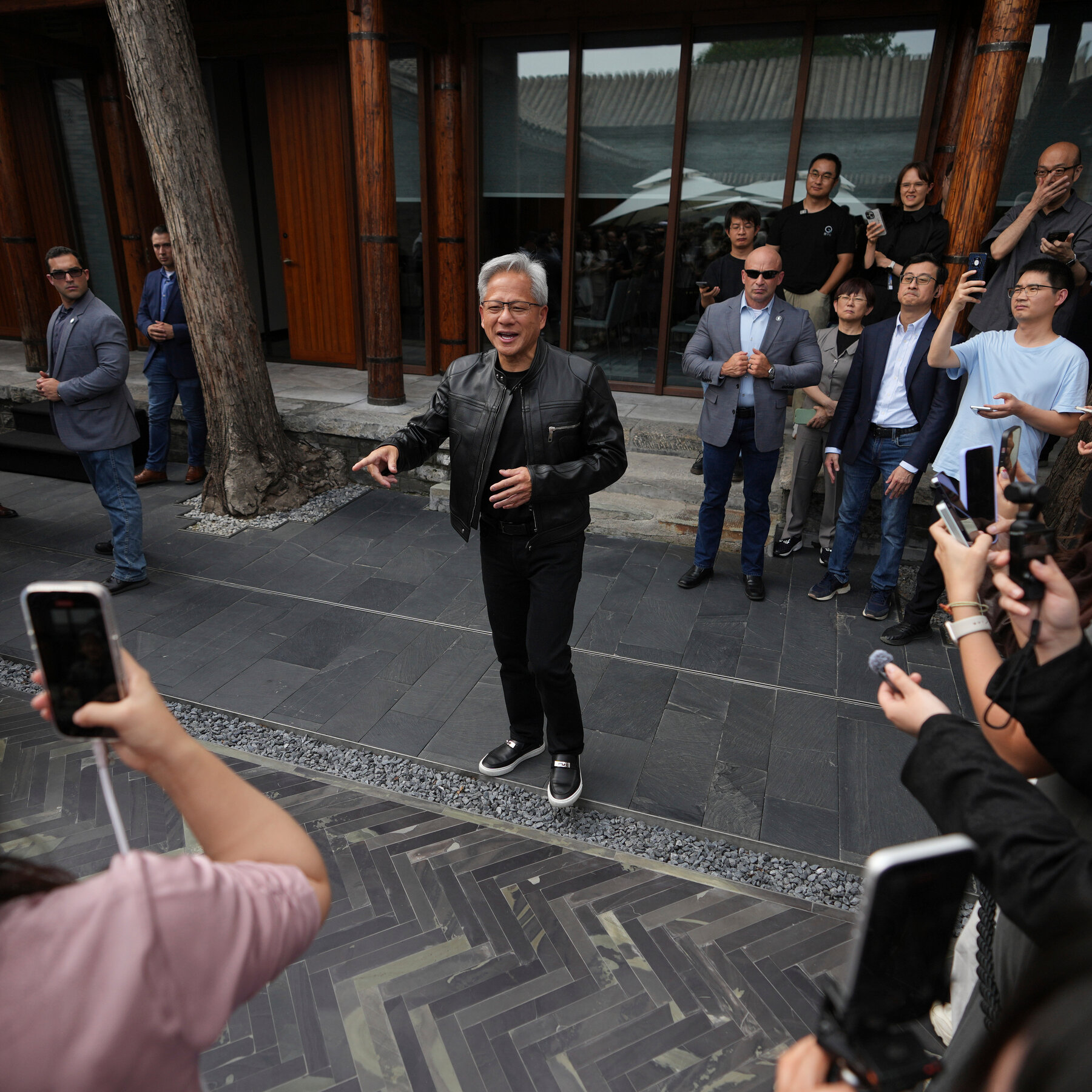With an ever-growing population, our dependency on resources such as food, water, and nutrition has been alarmingly increasing across the globe. Indeed, the drive for manufacturers to deliver they must contend with an age-old dichotomy: how to accelerate and improve product quality while driving down costs and diminishing negative impact on the environment.
Within this difficulty lies animal agriculture, which poses additional threats to our planet. Considering how farm livestock produces more greenhouse gases each year than cars and vans put together, 25% of the earth is for farming livestock, 70% of all land is designated for agriculture, 18+ refrigerators of drinking water could be preserved if we all just took one less sip of milk in our bowls of cereal, and cows are only 3% effective in converting nutrients fed to them into milk, something needs to change.
Clearly, it’s not just cows emitting methane that contributes to the issue of our lifetime, or the livestock transmitting e-coli to humans. It’s beyond just CH4 and e-coli. To solve our biggest problems, we’re going to have to leverage science and innovating technologies of the 21st century, and fast.
Introducing cellular agriculture.
Cellular agriculture is the production of animal-sourced foods from cell culture.
Cellular agriculture is a bio technique that builds off of cell culture for the production of animal-sourced foods.
Cellular Agriculture: The use of stem cells, tissue engineering, fermentation, and gene editing to culture cells into real products — anything from muscle tissues, to material products like leather.
There are two types of agricultural products derived from cell cultures: acellular products and cellular products. Acellular products are composed of organic molecules such as proteins and fats, but no cellular or living material is present in the final product. On the other hand, cellular products are composed of living or once-living cells.
Products harvested from cell culture are identical to those harvested from an animal or plant — the only difference is how they are made.
Cellular agriculture is the production of animal-sourced foods from cell culture.
Cellular agriculture is a bio technique that builds off of cell culture for the production of animal-sourced foods.
Cellular Agriculture: The use of stem cells, tissue engineering, fermentation, and gene editing to culture cells into real products — anything from muscle tissues, to material products like leather.
There are two types of agricultural products derived from cell cultures: acellular products and cellular products. Acellular products are composed of organic molecules such as proteins and fats, but no cellular or living material is present in the final product. On the other hand, cellular products are composed of living or once-living cells.
Products harvested from cell culture are identical to those harvested from an animal or plant — the only difference is how they are made.
Cellular agriculture is the production of animal-sourced foods from cell culture.
Cellular agriculture is a bio technique that builds off of cell culture for the production of animal-sourced foods.
Cellular Agriculture: The use of stem cells, tissue engineering, fermentation, and gene editing to culture cells into real products — anything from muscle tissues, to material products like leather.
There are two types of agricultural products derived from cell cultures: acellular products and cellular products. Acellular products are composed of organic molecules such as proteins and fats, but no cellular or living material is present in the final product. On the other hand, cellular products are composed of living or once-living cells.
Products harvested from cell culture are identical to those harvested from an animal or plant — the only difference is how they are made.

